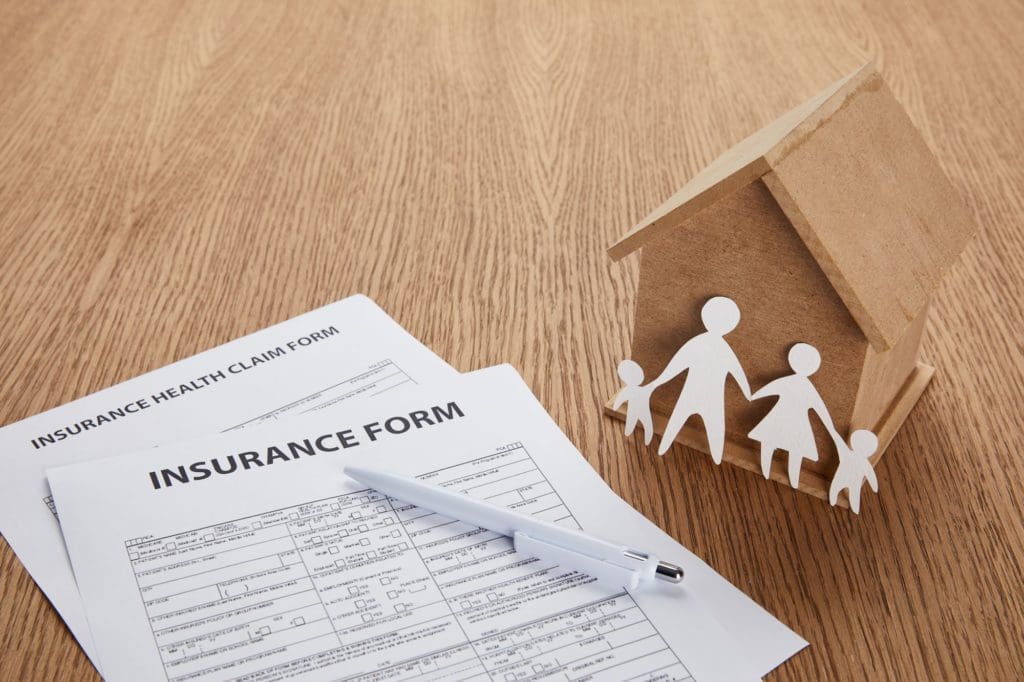
DIY Financial Planning: How To Make a Financial Plan
Now that we agreed you can do DIY financial planning, have you started making your financial plan? The year-end is around the corner, but it is never too late to start.
The truth is, without a financial plan, you will end up mismanaging your finances because you don’t know what to refer to. With a financial plan, you have clear visibility over your income levels, debts, savings, investments, and financial goals.
However, planning your finances without the help of a professional is no small feat.
Related read: Here’s Why You Need a Financial Advisor
List Everything That You Need To Plan For
First, start by listing anything that touches on your finances and general life that you need to plan for. This will touch on the core aspects of personal finance planning, saving, debts, investing, and risk management.
Your list should include:
- Budget – a monthly budget, either in Excel, Google Sheets, or App that helps you track your monthly expenses and ensure you do not spend more than you are bringing in.
- Emergency savings – you must have a fully-funded emergency savings account, with at least months of your monthly expenses saved up.
- Savings for other purchases or payments that you want. Break these down in terms of goals, short, mid, and long-term, for better planning.
- Debt management – list all the debts you have, from student debts and personal loans to credit cards, payday loans, and credit from loved ones and other online lenders
- Retirement – a retirement savings account, not just from your employer, but an individual one, too.
- Investment – have varying investment assets for portfolio diversification
- Income sources – the goal is to have multiple income streams
- Risk management – protect yourself, beneficiaries, and assets with the right insurance covers. These will vary depending on your needs, but the most basic and necessary insurance covers are health, home, disability, and life.
Have you downloaded our free Financial Success Road Map yet?
How To Make a DIY Financial Plan
Have you listed everything you need to plan for? Great! Now you can start making your financial plan in the below 10 simple steps:
1. What’s Your Net Worth
Before you start planning, it is best to know where you stand.
- List your assets – savings and investments accounts and any valuable personal items.
- List your liabilities – debts, from student loans to personal loans and mortgages.
- Calculate your net worth – subtract your liabilities from your assets
If you have a positive net worth, it means your finances are healthy. But, if it is negative, you need to work towards making it positive.
2. Outline Your Goals
What are your financial goals? Do you want to retire early, save for a house, a car, your kid’s education, or build wealth? The road to financial success is always challenging, but you can ease the process with solid financial goals. You can’t work for what you don’t know.
That said, you must ensure that your goals are crisp clear. The best way to go about this is to set SMART financials. It will also help if you break your goals into smaller units.
3. Start Saving For Emergencies
What would happen if you lost your job or your business went under? Of if you had an immediate expense to cater to that, you had not planned for? Life happens, and while you can never be a hundred percent prepared, it is best to give yourself some layer of protection.
That’s what emergency funds do for you. It saves you from having to borrow and getting deeper into debts from unexpected and manageable expenses.
4. Debt Management Plan
The more you spend on loan interests and penalties, the more you rob yourself of financial success.
When creating your financial plan, list all the debts that you have. Then, get the best payoff strategy for better debt management. I would recommend that you go for a strategy that keeps you motivated.
You can start by paying more attention to the smallest balance and work your way to clearing the one with the largest balance. Or, you can begin paying loans with the highest interest.
Whatever debt payoff strategy you settle on, ensure that you always pay the minimum payment for all the other loans. This way, you ensure that your other loans are not accumulating penalties and interest from missed payments.
5. Investment Plan
“How many millionaires do you know who have become wealthy by investing in savings accounts? I rest my case.”
— Robert G. Allen
You have a savings account… Scratch that, several savings accounts. Great, congratulations. But, if you want to build wealth, you need to step out of your comfort zone and start investing. No one ever built wealth by saving only. If you want your money to work for you even when you are sleeping, start investing.
That said, investing is not something you just walk into. First, you must have a plan with defined objectives. For example, how long do you want to hold the investment asset, how much risk are you willing to take, and the exit strategy? Then, choose the best investment assets and diversify your portfolio. Investment assets to have are stocks, bonds, and real assets.
It is also important to have a long horizon. If you want your money to grow and build wealth, do not put any money you will need when in trouble in an investment. For such expenses, put your money in a savings account that earns you interest or in short-term investments, like treasury bills.
Additionally, ensure that you budget for your investments in your monthly budget. Set aside a certain percentage of your monthly income for investing.
Related post: Stop Falling For Investment Scams: Scam Types & Telltales

6. Risk Management Plan
Do you have the right insurance covers? You have worked so hard to get to where you are. The last thing you want is having to start from scratch, especially if there are measures to prevent that from happening.
That’s where insurance covers come in.
An insurance premium might look like a hefty price to pay, but it can’t compare to how much you’d have to dish out of your pocket if anything happened to you or your assets. For instance, if your house went up in flames or you were robbed, will you liquidate all your savings or borrow money to start replacing everything?
The right insurance cover for you will depend on your situation and needs. We all have different needs. However, are the basic ones that you must have, including:
- Health – from a private insurance or government bodies, like NHIF
- Home insurance – even if you live in a rental, you can get one for your household goods, like electronics and furniture.
- Life – if you have beneficiaries, people who would have a financial setback if you were no longer there, a life cover provides them with financial cushioning.
- Disability
- Auto – necessary and mandatory if you have a vehicle
7. Retirement Planning
Are you thinking and planning for what your life will be like when you hit retirement? The sooner you start, the sooner you can start benefiting from compounding interest. And, the better you can plan for the life you want. If your employer has a pension scheme, always contribute to it. If not, get an individual pension plan and contribute more than just what you get deducted for your NSSF.
First, determine how much you will need in retirement. Think of rent, house maintenance, property taxes, transport, food, entertainment, and medical expenses. Then, consider how long you have to retire and how much you will need to put aside each month during this period to hit your target.
Related read: Thinking About Retirement? Will Your Retirement Income Be Enough?
8. Tax Planning
We often forget about Uncle Sam, and we end up paying more in taxes than we should. I am not saying you should evade paying your taxes. Please don’t. However, you can reduce your tax liability legally.
For instance, if you contribute to a registered pension account, even as an individual, that amount is tax-deductible. It means that the money the government taxes is less your pension contribution. In Kenya, the government allows a tax-deductible of up to Kes. 20,000 per month. Other ways of reducing taxes legally include mortgage reliefs, housing plans, and some insurance premiums, like education and life.
If you are not well versed with taxes, I would highly recommend that you work with a financial advisor or tax accountant to help you navigate this. The goal is to reduce your tax liability legally, not evading tax.
9. Create an Estate Plan
What would happen to your beneficiaries if you were not there? Will your kids be thrown out of a home you built by in-laws and other interested parties? Will your assets go through interstate?
Having a will is the best way to protect your immediate beneficiaries in case anything happens to you. It is also the best way to ensure that your assets go to the people you want.
Apart from the will, an estate plan also allows you to leave medical and financial directives. These indicate who can make financial and medical decisions on your behalf if you are incapacitated.
10. Review Your Financial Plan
Once you have your financial plan, make it a habit of reviewing it regularly. That way, you can make necessary changes as your situation changes.
For example, maybe you were single when making your financial plan, and now you are married. You must update it to meet your current needs as a married person, like updating your will and savings goals. Or, perhaps, you have already filled your emergency kitty or paid your debts. Then, you can start channeling these funds into other issues, like increasing your investments.






